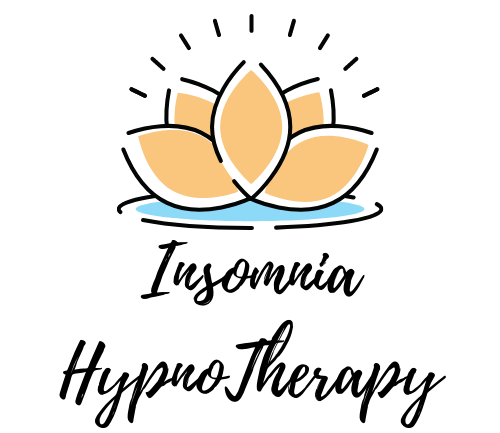Darts are an essential sewing technique used to shape fabric and provide a tailored fit to garments. They are triangular or diamond-shaped folds sewn into fabric to create contour and dimension, commonly found in dresses, blouses, skirts, and pants. Darts help garments fit the body more naturally by removing excess fabric in areas where the fabric would otherwise be loose or baggy.
Types of Darts
1.Single-Pointed Darts
These are the most common type of darts and have one point. They are typically used at the bust, waist, or back of garments to shape the fabric around curves.
2.Double-Pointed Darts (Fish Eye Darts)
These darts have two points and are often used in the back of dresses, jackets, or fitted tops to contour the waist. They create a more form-fitting silhouette by tapering in at both ends.
3.French Darts
These diagonal darts start from the side seam and extend toward the bust. They are commonly found in dresses and tops that require a more subtle shaping effect.
4.Curved Darts
Instead of a straight line, these darts are gently curved to follow the body’s natural contours. They are used in fitted designs where more shaping is required.
5.Elbow Darts
Found on sleeves, these darts add flexibility and ease of movement to garments, especially in fitted jackets and shirts.
How to Sew a Dart
1.Marking the Dart
Use tailor’s chalk, fabric markers, or tracing paper to transfer the dart markings from the sewing pattern onto the fabric. Ensure both sides of the fabric are marked correctly to achieve symmetry.
2.Folding the Dart
Fold the fabric along the dart’s center line, with the right sides of the fabric facing each other. Match up the dart legs (the two outer lines) precisely to avoid uneven sewing. best mini sewing machine
Pin the dart in place to keep it secure.
3.Sewing the Dart
Begin sewing from the widest part of the dart, gradually tapering towards the point. Use a straight stitch with a small stitch length near the tip to prevent puckering. Do not backstitch at the dart point; instead, tie off the thread for a smooth finish.
4.Pressing the Dart
Pressing is crucial for a professional finish. Press vertical darts toward the center and horizontal darts downward. A tailor’s ham (a rounded pressing tool) can help maintain the fabric’s natural curve.
Common Mistakes and How to Avoid Them
.Uneven Dart Lines: Always double-check that both sides of the dart are equal before sewing.
.Puckering at the Tip: Reduce stitch length at the dart point and avoid backstitching to ensure a smooth finish.
.Misaligned Darts: When sewing multiple darts, ensure they align symmetrically for a balanced look.
Darts are a simple yet powerful technique in sewing, allowing garments to have a refined, professional fit. Mastering darts will significantly enhance the quality of handmade clothing.


Recent Comments